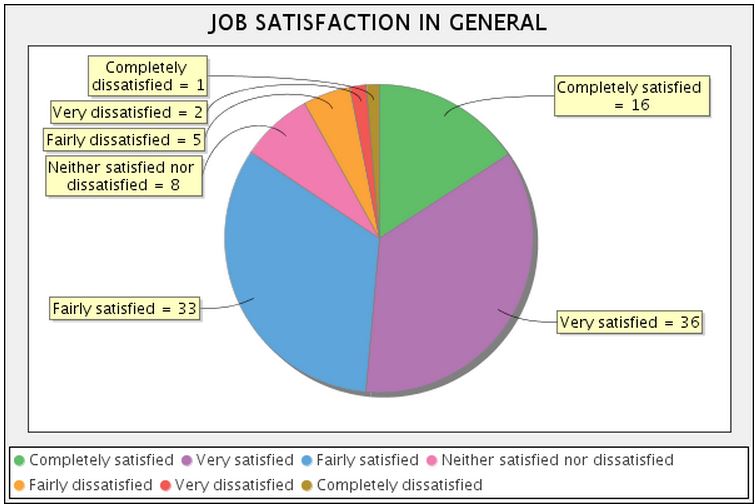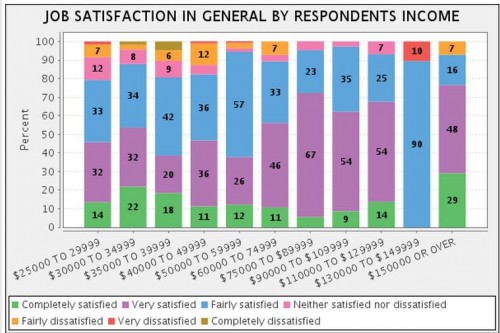The idea of directly transferring cash to poor people—in lieu of traditional, tailored government programs—is generating some buzz among policy wonks. Some recent studies have found that simple cash can be very effective in improving outcomes of children whose families receive such aid. But it’s always difficult to disentangle questions of causality in such studies. What if the restraints holding down a child’s parents in turn hinder his or her own opportunities in ways that no resource transfers can fix?
In short, the question is this: How can we really decipher the impact of different kinds of assistance? And how can we know whether tailored programs or open-ended cash grants are more effective?
That’s what Brian Jacob, Max Kapustin, and Jens Ludwig asked in a new study examining the 1997 Chicago housing voucher lottery. From a large pool of applicants, a number of families were selected to receive a sizeable housing rent voucher. The lottery’s randomized selection provides an excellent opportunity to determine the effects on child outcomes from such a positive one-time resource shock. The authors examined the impact on receiving the voucher on the schooling, labor market, criminal, and health outcomes of children from those families.
To everyone’s surprise, it turned out that the housing voucher had virtually no significant impact on any of the generational outcomes the study tested. It seems that the vouchers enabled families to shift other resources towards purchases that, while helpful in terms of the family’s bottom line, don’t appear to boost their children’s’ human capital. Those unobserved factors, such as family stability or social capital, that are hindering parents in these households end up hindering the kids, too – despite the sizeable infusion of resources. The authors conclude that if their analysis is correct, it seems unlikely that positive resource transfers could beat educational interventions in per dollar impact, if the goal is helping children to rise above their parents’ poverty.
Given the conventional wisdom, it seems counterintuitive that easing the burden of housing costs for poor families doesn’t help their children to succeed. But that’s what makes public policy so hard – reality can be counterintuitive. Good intentions don’t guarantee positive results, so we have to question every policy and examine every outcome. Sometimes the results, as in this study, may call policymakers back to the drawing board. And that’s a good thing.
If America is to remain the land of opportunity, income mobility will need a boost. Intergenerational poverty in the United States has been a policy priority for decades, and with good reason. But roughly 16 million American youths remain in poverty today, despite safety net expenditures that reached $411 billion in 2012 alone. If we want the poor to be able to climb the ladder to the middle class, we have to ask the tough questions about which anti-poverty policies actually work.

![A log-linear relationship exemplifies the diminishing happiness returns from money. [Image: Creative Commons]](http://www.thepursuitofhappiness.com/wp-content/uploads/2014/07/Log-300x148.jpg)






